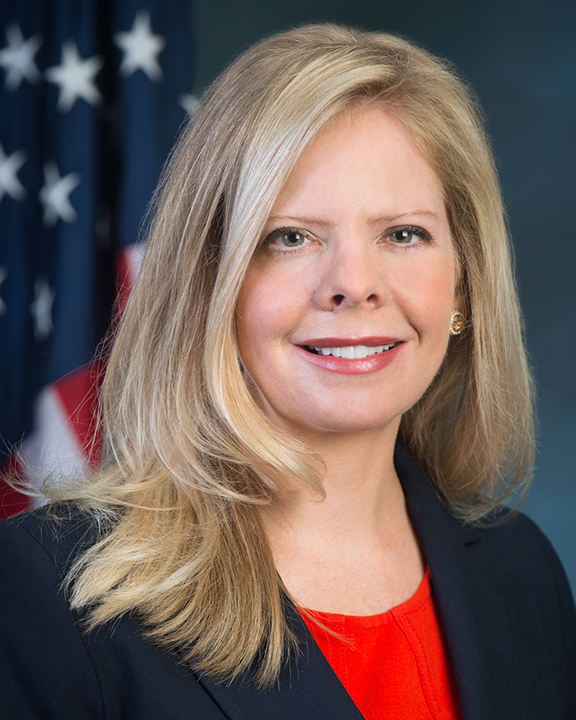The lending limit for federally-backed reverse mortgages is increasing for the fifth consecutive year in a row, set to hit $822,375 in 2021.
The Department of Housing and Urban Development (HUD) announced on Wednesday via Mortgagee Letter (ML) 2020-42 a maximum claim amount of $822,375 for calendar year 2021, a rise of $56,775 from the $765,600 limit governing the Home Equity Conversion Mortgage (HECM) program in 2020.
HUD calculates this figure at 150% of the conforming loan limits on mortgages to be acquired by Fannie Mae and Freddie Mac, which was announced by the Federal Housing Finance Agency (FHFA) last week to be $548,250 for calendar year 2021—up from $510,400 in 2020.
This rise marks what many professionals will see as a positive development for the reverse mortgage industry as a whole, with the lending limit rising to over $800,000 for the first time. The publication of the new ML also notably includes no references to the possibility of changes to the lending limit structure, which the agency recently said should be considered in its annual report to Congress published last month.
According to the National Housing Act signed into law by President Franklin Delano Roosevelt in 1934 — and as amended by the Housing and Economic Recovery Act of 2008 (HERA), signed into law by President George W. Bush — FHA is required to set single family forward mortgage lending limits at 115% of area median home prices subject to a floor and ceiling on the limits.

However, FHA Commissioner Dana Wade criticized the rise of the lending limit across both the forward and reverse programs in an announcement issued by the agency about the new limits, questioning whether or not the agency’s mission is being served by lending limits of such a figure.
“FHA has seen consistent increases in loan limits during the past few years, putting it in a position to serve a segment of borrowers that may be better-served by the conventional [non-agency] market,” Wade said in an announcement of the new limits. “FHA’s mission is to support low-to-moderate income borrowers, so why does the law permit FHA to insure mortgages up to $822,375? This is a question for Congress and the taxpayers who stand behind FHA to answer.”
For the industry’s part, the higher lending limit could fuel reverse mortgage production, but perhaps in an area that has already been seeing more activity over the course of 2020 according to John Lunde, president of Reverse Market Insight (RMI).
“I expect this will further increase the potential for HECM refinances in areas where home prices have risen over the past few years, but also that it raises the bar for where proprietary products deliver more available proceeds to the borrower than HECM as well,” Lunde tells RMD. “While I don’t believe all proprietary borrowers are making their product decision on that basis, it will further encourage the industry to focus on more than just available proceeds as the basis for comparison between products.”
This particular rise of the HECM lending limit also stands out in terms of its sheer amount, Lunde says, especially considering ways in which lending limits have evolved over the course of the 2000s and 2010s.
“I can say personally that it’s quite striking how the HECM limit has grown over time,” Lunde says. “When I came into the industry in 2004, the highest county lending limit was $362,790 and some counties were in the low $200,000 range. Those lowest-limit counties now have a lending limit almost four times what it was then, and even the highest-limit counties have more than doubled in that time.”
For several years, the reverse mortgage lending limit remained stagnant, before rising in 2017 from $625,500 to $636,150. Since then, a rise in the HECM lending limit has closely accompanied the announcement of conforming loan limits on Fannie and Freddie mortgages. The new loan limit will take effect for loans with case numbers assigned on or after January 1, 2021, through December 31, 2021, as specified by HUD.
The release of the new HECM lending limits followed closely after the release of Mortgagee Letter 2020-41, which specified new forward mortgage loan limits. FHA’s nationwide forward mortgage limit “floor” and “ceiling” for a one-unit property in calendar year 2021 are $356,362 and $822,375, respectively.
For more detailed information about the new limits, check out HUD’s Mortgagee Letter 2020-42 and its loan limits page.



